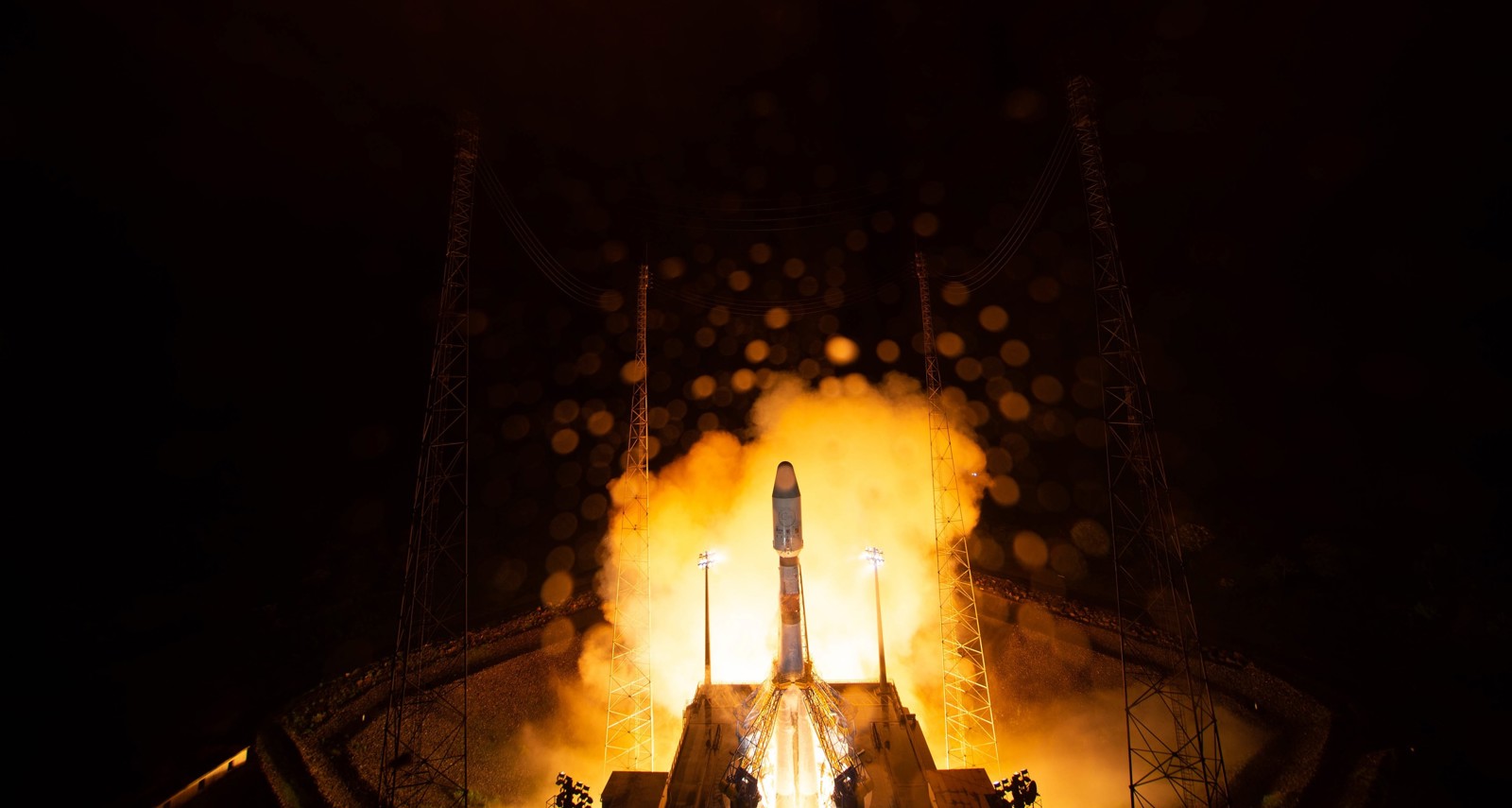Image: ESA’s Characterising Exoplanet Satellite, Cheops, lifts off from Europe’s Spaceport in Kourou, French Guiana. (@ESA - S. Corvaja )
From minutes after lift-off of the rocket, through separation of the payloads from the launch vehicle, KSAT provides TT&C support from our global network. During this critical phase where the satellite is brought into orbit, skilled KSAT engineers provide dedicated monitoring and hands-on support to ensure that essential TT&C information is rapidly received both by the spacecraft and the owner and operator.
No less than 32 times this year KSAT has closely followed launch vehicles and satellites on their first orbits, ensuring reliable and frequent communication. Through an extensive set of strategically located ground stations around the globe we tailor our support map to fit every launch trajectory.
The importance of having regular support on the satellite during these mission critical phases cannot be overstated and KSAT provides extreme redundancy on launch day, scheduling duplicate antennas to enable fallback support, in addition to our dedicated engineering support that is provides real-time troubleshooting in case of an emergency.
Read more about how we master the noble art of LEOP here.
The mission that ESA is launching into orbit today is the first mission dedicated to studying bright, nearby stars that are already known to host exoplanets, in order to make high-precision observations of the planet's size as it passes in front of its host star. It will focus on planets in the super-Earth to Neptune size range, with its data enabling the bulk density of the planets to be derived – a first-step characterisation towards understanding these alien worlds. More on CHEOPS here
KSAT supports the launch of CHEOPS using our ideally located ground station Troll in Antarctica, and successfully made first contact with the satellite at 11.42 UTC.
